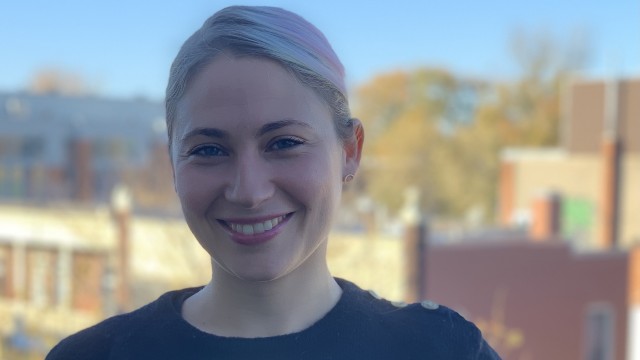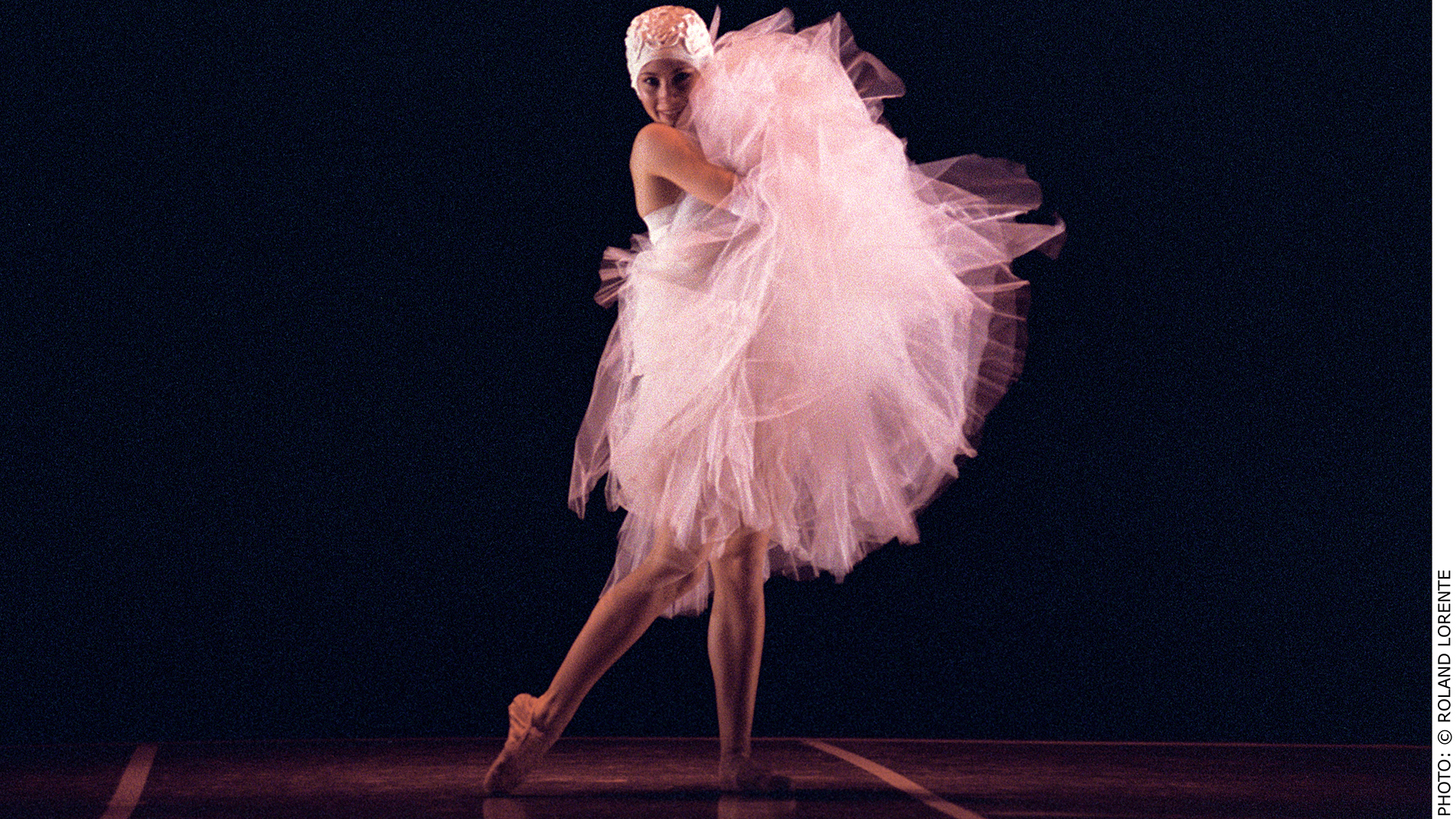
A Graduate Turned Doctor Conducts a Study on Dancers
Sometimes complicated, the relationship between dancers and medical teams is crucial, being able to make the difference between a great career or an abruptly interrupted one. To shed light on these complex relations and, ultimately, improve the care provided to performing artists, Dr Ève Boissonnault launches a research project with professional dancers in Quebec. She also asks young dancers in training, like the students of L’École supérieure.
A graduate of the institution, she danced professionally for five years before going back to school. Her interest in anatomy and biomechanic, among others, guided her choice. “Even if we stop dancing, reasons why we love dance are still there,” she acknowledges. Now a physiatry resident, Ève Boissonnault thinks she found the way to conciliate her two passions: the art of movement and sciences.
Her research project called “Relation Between Dancers and the Health System in Quebec: A Qualitative Study” is born from reflexions she had when she was studying at L’École supérieure. “When I was a dancer, I was reluctant to go see a doctor or a physiotherapist. I had the impression that I couldn’t really talk about my problems with professional with a medical background. I felt a better understanding of an osteopath or a chiropractor.” She shared this impression with numerous other students, and later with colleagues who, in certain cases, were forced to stop their career because of a serious injury.
“Being a doctor now, I realize that it wasn’t really a knowledge problem but a communication one, and in my opinion, that is not so complicated to resolve,” she affirms. Scientific literature shows that this problem is linked to this artistic discipline and not to the socio-geographical context, as observed in the United States and the Netherlands.
“It’s universal, dancers are afraid to be said to stop dancing. They also have the impression that doctors won’t understand technical requirements of their profession, says Dr Ève Boissonnault. However, there is no literature that justifies this fear and this impression.”
To sensitize health professionals to this stake, Dr Ève Boissonnault wishes not only to share her results during congress like the ones from the Performing Arts Medicine Association or the International Association for Dance and Medicine Association, but also publish them in sports medicine or physiatry journals.
This research project continues until December 31st and already, she received a hundred very eloquent answers. “The medical community is amazed at how dancers, choreographers, repetiteur, and in transition dancers respond enthusiastically.”

Graduating in 2006, Ève Boissonnault keeps fabulous memories of her eight years studying at L’École supérieure. From Quebec City, she recalls being really impressed to enter a big school and benefit from a professional surroundings. She remembers with a lot of joy her experiences on stage in the mythicalNutcracker by Les Grands Ballets Canadiens, at the Théâtre de Verdure or on tour with the Jeune Ballet du Québec. She also loved the intensity of the dance-study program: “We were only at the Pensionnat du Saint-Nom-de-Marie half a day so we needed to be really effective!” Always a science lover, she was offering informal tutoring sessions to her classmates.
“My time at L’École supérieure made such a difference, she feels. What we gain in terms of autonomy, sense of responsibility, and discipline is never lost.” It’s because she is aware that the dance community needs people from the outside that she accepted without hesitation to join the Jeune Scène d’affaires de la Fondation de l’École supérieure. “It takes a lot of my time — and I’m already busy! — , but it’s my little escape.”
[Ève Boissonnault in Deux mandolines in 2003, choreography by Christophe Garcia, photo by Michael Slobodian]